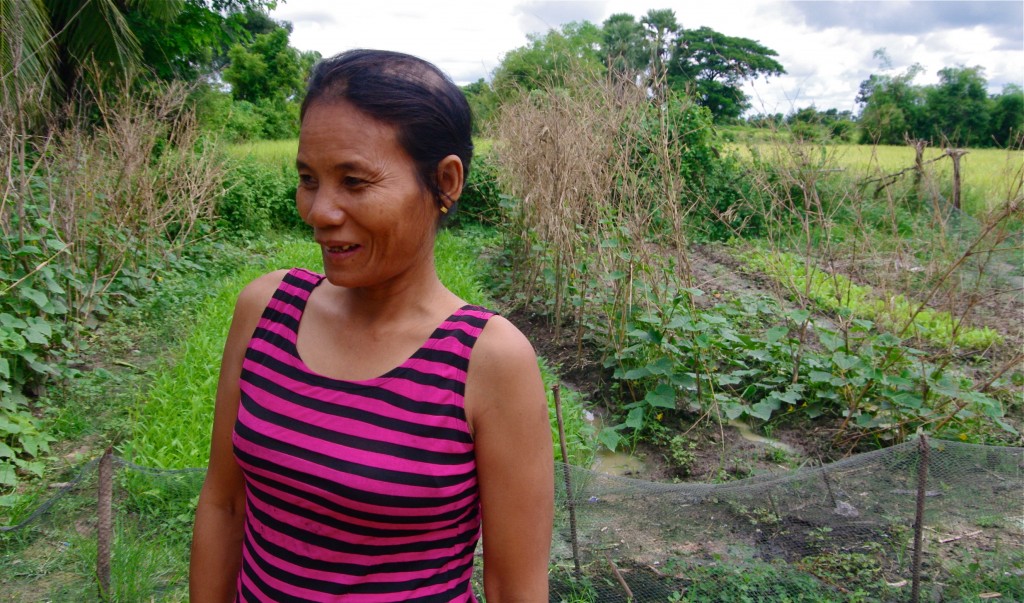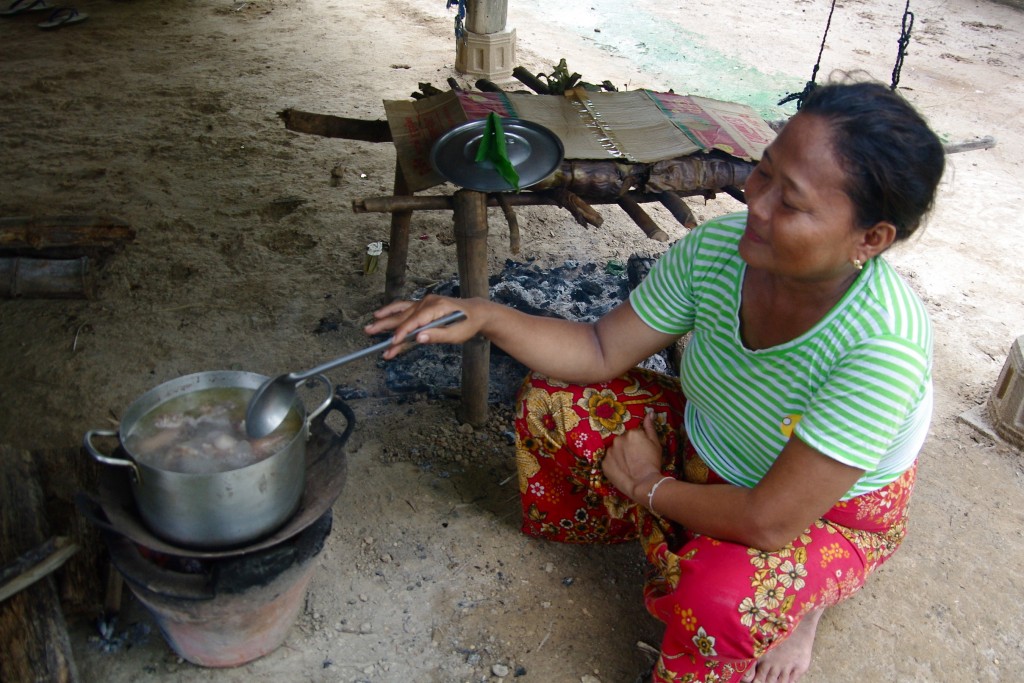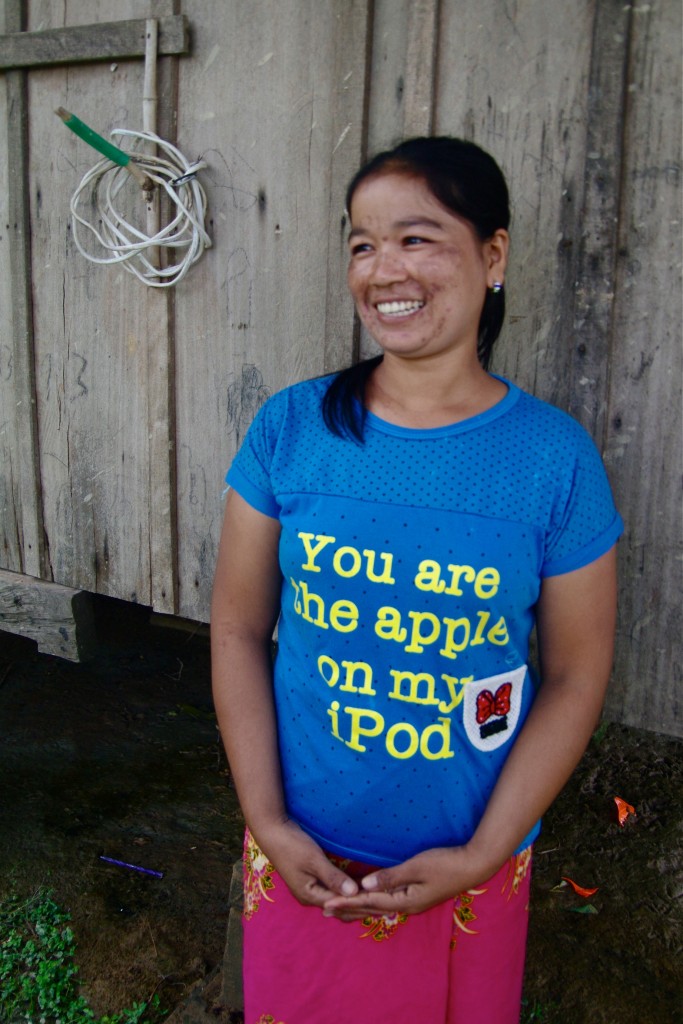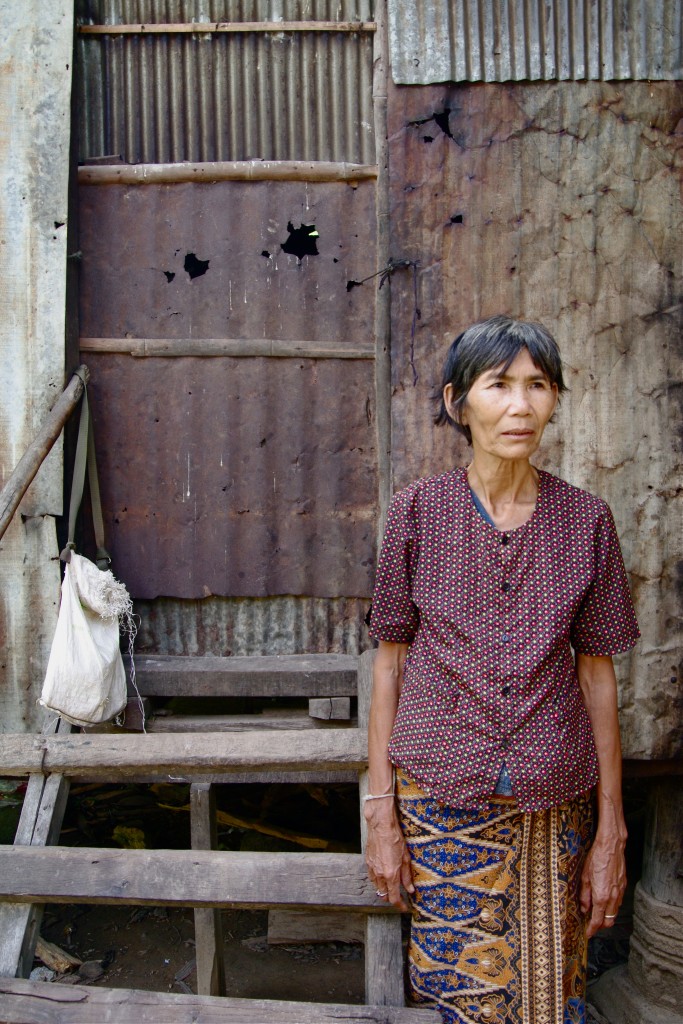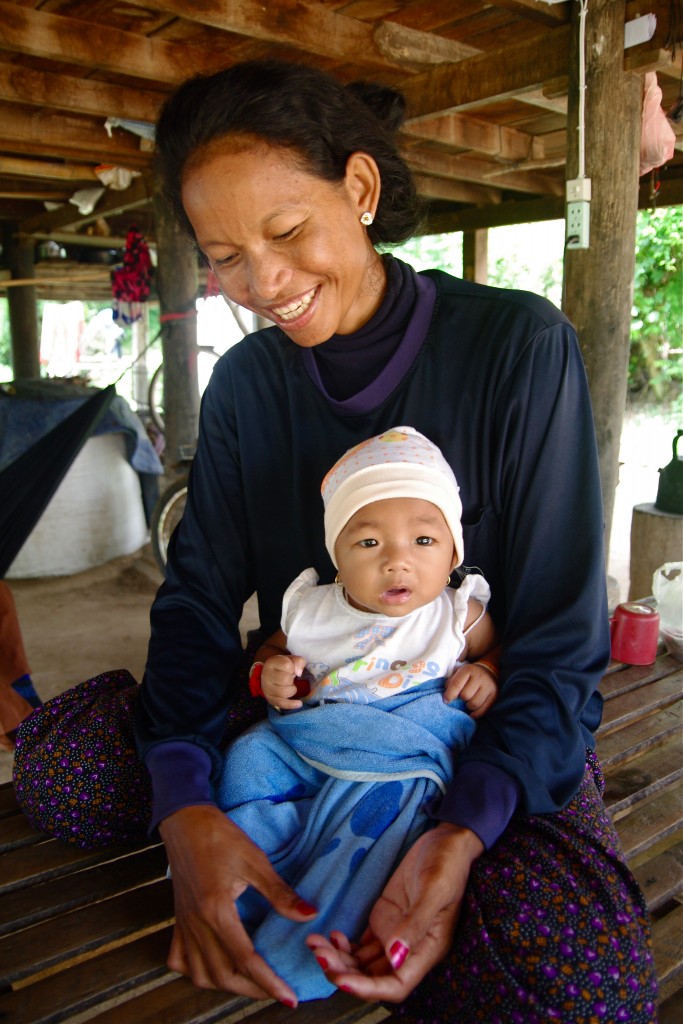International Day of Rural Women
15 August, 2015
Celebrating Rural Women by Tracy Hamilton
According to the United Nations, rural women make up over a quarter of the total world population. Rural women, particularly in developing countries, hold the primary responsibility for ensuring food security as they represent approximately 43% of the agricultural labour force, and produce, process, and prepare a lot of the food that is available.
Today (October 15) is International Day of Rural Women, and we would like to celebrate the women we work with in Cambodia by sharing some of the things they experience in their daily lives.
Meet Solyna*. She is a farmer, mainly growing rice, however her and her husband also grow some vegetables. In her village, she is only able to grow rice one time in the year, during the rainy season (between May and October), as a lot of water is needed for healthy rice plants. In total, it generally takes 3 months until the rice can be harvested from her field: it takes 1 month to plant, and 2 months to grow. She will then spend 1 to 2 weeks harvesting the rice by hand.
Rice is the main food source in Cambodia. In Raksa*’s village it is popular to make a stew or soup to eat with the rice. Ingredients like pork, fish, various vegetables, and seasonings (garlic, pepper, salt, sugar, chilli, lime) are used. Raksa is pictured using a clay pot stove to make a pork and vegetable soup that will be eaten with rice for lunch.
Little stores are set up through out the rural villages and these are particularly helpful for the community members when the main markets are located far away. Sreyneang* has been a shop owner for 3 years. She says that she started her business because she saw a demand in her village and so she wanted to sell the things that were needed the most. Her most popular sale items are fish (1kg for US$3), vegetables (1kg between US$0.60-0.75) and pork (1kg for US$2.75), which she buys from the main market. She also sells water from her household well, a full tank costing US$1.50. Every day Sreyneang will earn between US$2.50-5.00, however once all of her expenses are accounted for, she will be left with between US$0.25-1.25 profit.
Sreyneang is able to make enough money to cover her basic needs, however there are many community members that find themselves having to migrate to earn enough money to support their families. Mina* has just recently returned from working as a labourer on a construction site in Thailand with her husband. There, they are able to earn a combined income of US$300 per month.
Mina and her husband are farmers, however they find it difficult to earn money through farming because their village faces a lot of flooding and also periods of drought which destroy the crops they grow. The only way they are able to earn income is through fishing which can earn them a combined income of US$50 per month, however this isn’t enough to support their family, and fishing isn’t a reliable source of income in their area. This pushes her to occasionally migrate to Thailand, usually for 1 month to 5 months at a time. She was eager to return this time because she was missing her 3 children who were left with their grandparents.
Fortunately, Mina hasn’t encountered any problems when migrating. It is very common for rural Cambodian people to migrate illegally because of a lack of finances and knowledge about possessing appropriate travel documentation or work papers, meaning they face the possibility of being arrested, mistreated, or even trafficked.
The struggle of poverty can be an overbearing factor in every day life. Ary* finds herself having trouble sleeping at night because her mind is always busy trying to figure out how to deal with her poverty. Sickness is the main thing that her and her husband are struggling with. She regularly coughs up blood and has to visit the hospital most weeks to get medicine, and her husband is currently unable to do much because of an illness that is affecting his brain. As all of her children have migrated to Thailand, Ary finds herself having to carry these struggles on her own. But she continues to keep herself busy every day; waking up between 3 and 4 in the morning to prepare food for her husband as well as 3 of her grandchildren that live with her, and tidying the house, growing vegetables, and looking after the buffalo through out the day.
Family break down is something that can occur because of the strain of migration and/or poverty. Pich* has recently divorced her husband because of his excessive use of alcohol which was causing issues in their marriage. Her and her baby are now living with her parents. Pich doesn’t have an income now; she spends her time looking after her baby, as well as growing rice, however her family willingly support her in any way she needs.
Rural women are strong women. They face more than we can imagine, and yet are able to find happiness in the simple joys of life. Champei* says that she feels the happiest when she is singing, dancing, or playing with children.
Today, let’s remember the rural women all around the world and appreciate them and the hard work they do every day to support their families and communities.
Tracy Hamilton is currently working for ADRA Cambodia.
*All names have been changed.
 1800
242 372
1800
242 372